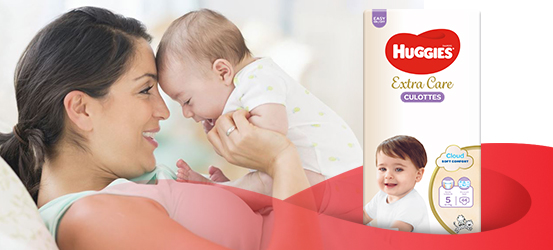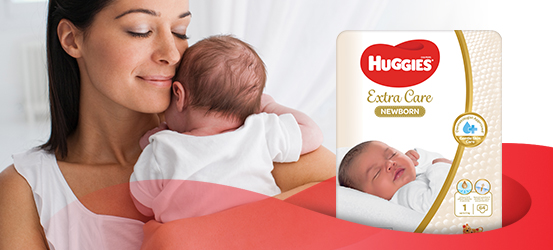Over the last few years The World Health Organisation (WHO) has created separate growth charts that reflect a breastfed baby/child’s growth pattern more accurately. These evolved because babies who are breastfed gain weight in a different way to babies who are formula fed.
Breastfed babies tend to gain a lot of weight in the first 3 months of their life and then plateau, or stabilise their weight gain for a couple of months. Whereas formula-fed babies tend to gain weight in a more consistent pattern. This difference was found to influence the way healthcare professionals interpreted individual babies’ growth. Instead of normalising the decrease in the pattern of weight gain of breastfed babies, this was seen as a reason to recommend complimentary feeding. The WHO charts also apply to babies that are formula fed.
Where have we been – where are we going with growth charts?
Historically, growth charts used to focus on under-nutrition, but in the last few years they have been proven to be very effective in identifying children at risk of becoming overweight and/or obese. Growth charts can also be used with the Body Mass Index-for-age percentile char – another way of keeping a check on a child’s healthy growth patterns.
Growth charts are also a good way for governments to assess the health and wellbeing of the population.
Why do we use baby growth charts?
Every parent wants to know that their baby is growing well and thriving. Parents also want to know that they are doing everything they can to support their baby’s growth. Growth charts are a good way to check that these things are happening.
Growth charts are also about averages; average babies of the same gender and the same age, living in the same country, having much the same lifestyles and nutrition. The purpose of baby growth charts is to provide an objective, accurate assessment of how each individual baby is growing according to their age and gender. Although we know that every baby and child is unique and special, they still need to grow at a steady and regular pace. After all, one of the main objectives of childhood is to progress from a state of small, utter dependency towards independence. Without growth this would be impossible.
Growth charts are used by parents, doctors, paediatricians, child nurses and health care professionals. Each baby has their own chart and preferably, the same charts are used to track their growth from birth until the school aged years.
The World Health Organisation (WHO) and the Centres for Disease Control (CDC) recommend that healthcare providers use the following growth charts:
From birth to 36 months | Head Circumference, length and weight. | Pink for girls, blue for boys. |
From 2 years to 20 years | Height-for-age percentiles, weight-for-age percentiles, body mass index-for-age percentiles. | Pink for girls, blue for boys. |
Growth charts work by looking at the percentage of babies/children who weigh or measure the same at the same age. Each graph is divided up into percentiles or percentages and includes the 3rd, 10th, 25th, 50th, 75th, 90th and 97th. So if for example, a baby is on the 10th percentile for their weight, then out of 100 babies 90 would be heavier; if they are on the 75 percentile they are above the average weight for babies of the same age and gender.
What influences my baby’s growth?
Gestational age is an important factor when looking at growth charts. Obviously, premature babies are lighter and smaller than babies who are born at term (38-42 weeks). But babies that are heavier at birth sometimes don’t gain weight at the same rate as babies of a lighter or average weight. This is because the weight of a baby when they are born relates more to the conditions in the uterus than their inherited genetics.
The major factors influencing growth are: whether a baby is a boy or a girl; (boys tend to grow more quickly than girls), genetics, environment, their overall health, nutrition and individual growth factors. Comparisons between babies are rarely useful, though when it comes to using growth charts, we tend to relax this rule. Because although every baby is a unique individual and will grow and develop at their own unique rate, it is reasonable to compare their growth rate with others of the same age and gender.
How are growth charts used?
A baby/child’s growth is measured regularly and it is recorded on their growth chart.
Weight, head circumference and length are the three main areas that are measured.
Each of these is then plotted on the corresponding chart.
Each individual measurement is not as important as the pattern or curve of growth over time.
It is important not to look at individual measurements, but how they relate to previous ones.
When the curve drops down on the graph or is flat, this can indicate a problem with the baby’s growth.
Where possible, it is important to use the same scales to weigh a baby.
A bare weigh gives the most accurate assessment of weight. Likewise, the most accurate way to measure a baby’s length is if they are naked. Making estimates of the weight of clothing and nappies isn’t very effective.
Growth charts should not be the only way a baby is assessed. They should not be used in isolation; how a baby appears, is behaving and developing is also important.
When should I worry about my baby’s growth chart?
If you are taking your baby to a healthcare professional, ask them how your baby is growing. Weight gain is not consistent in babies/children and changes from day to day and week to week. Remember, it is the pattern of growth over time that is important, not 1 or 2 weighs or measures.
Signs that your baby is growing
Generally, babies take around 2 weeks after birth to regain their birth weight. Sometimes this doesn’t happen, especially when babies have been born prematurely, have been sick or have had problems feeding.
Look to see that your baby is:
Growing out of their clothing. The legs and arms on their jumpsuits are becoming tighter and shorter and you need to dress them in a larger size.
Fitting into their skin. Babies with loose, saggy skin don’t have enough subcutaneous (under the skin) fat to “fill them out”. Babies not getting sufficient milk have a classic “little old man” look and appear older than they really are. They can also appear worried and frown a lot.
Alert, active, responsive and bright when they are awake.
Waking for feeds, showing hunger signals and satisfied for a couple of hours after they have been fed.
Weeing and pooing regularly. They need to be having at least 6 pale and wet nappies each day. Poos can be infrequent, especially in older breastfed babies, though as long as their poos are soft, then this is reassuring.
Gaining regular amounts of weight, and that their length and head circumference measurements are showing steady increases.
Reaching their developmental milestones. These vary according to individual babies with a wide variation in normal.
Average weight gains in the first 12 months
Birth-3 months | 3-6 months | 6-12 months |
180 grams per week | 120 grams per week | 80 grams per week |
When a baby is plotted on one of the lower percentiles at birth, especially the 10th or the 3rd, it is worthwhile to carefully monitor their growth. Dropping from 1 percentile to a lower one, or crossing 2 percentiles, is concerning and a sign that a baby’s growth may need further investigation.
Growth charts can also be used to predict a child’s adult height and weight, as long as the child keeps growing at a fairly constant rate. When there is a change in their rate of growth, with a sudden increase or decrease, then this warrants medical investigation.
If you are unsure about any aspect of your baby’s growth, check with your health care professional.



















